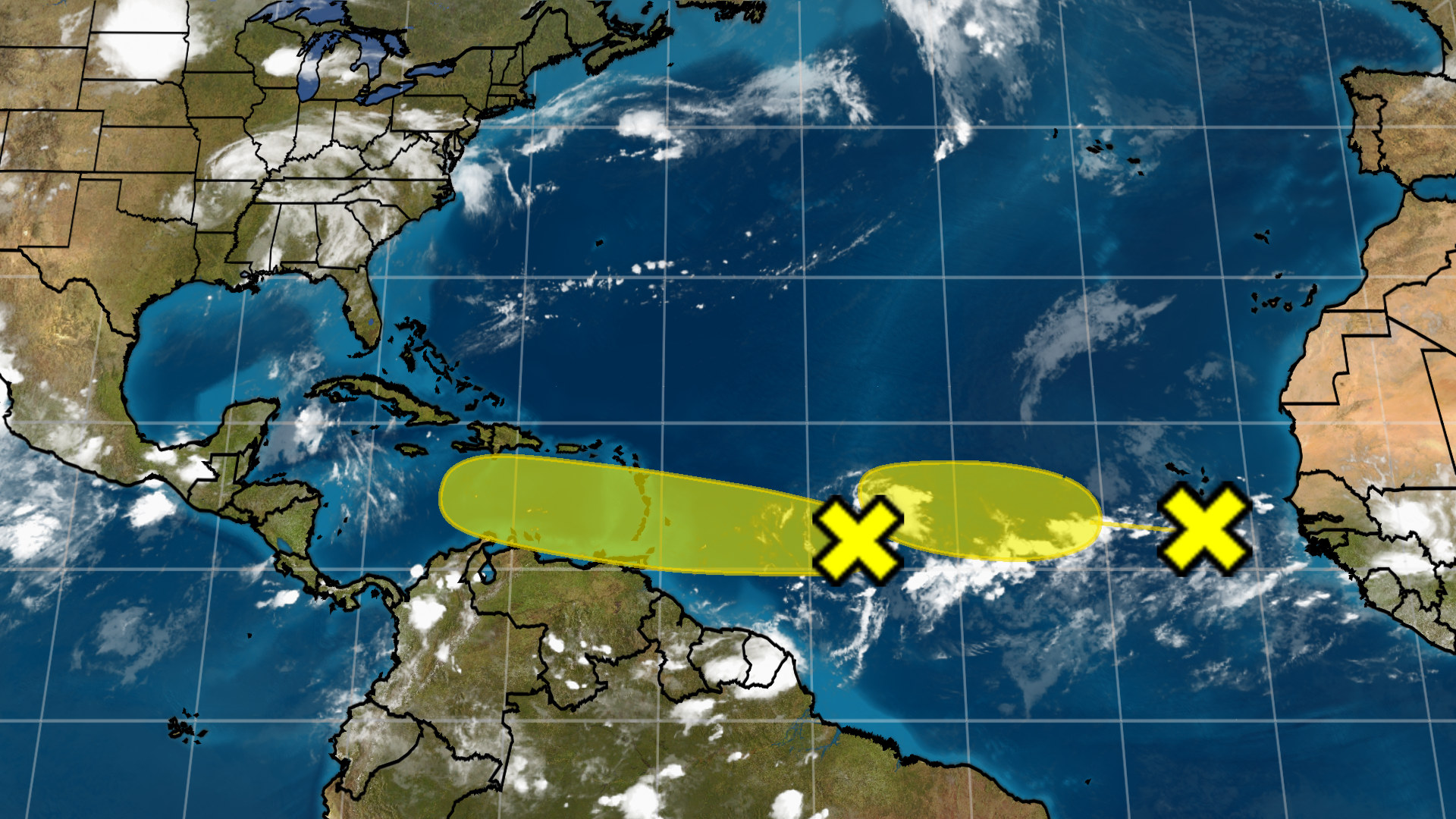

Overall, severe weather associated with the storm was responsible for 30 fatalities (26 from tornadoes) and over 200 injuries in the United States. Additionally, during the overnight of May 25–26, unusually cold air behind the cyclone resulting in record-late snowfall across northern New England. The system's slow movement also resulted in record-breaking rainfall in North Dakota, New York and Vermont.

Over 1,000 reports of damaging winds were received by the Storm Prediction Center as well. During the storm's eleven-day trek across the United States, it produced 75 tornadoes, 4 of which were rated EF3 or higher. It later moved northeastward and was last noted by the Weather Prediction Center late on May 26 over southeastern Canada. By May 24, it virtually stalled off the coast of New England, resulting in several days of heavy rain across the region. Over the following five days, the system responsible for the outbreak moved very little across the Eastern United States. Further north in Ontario, three tornadoes, including an EF2, touched down.


The severe threat shifted towards damaging straight-line winds on May 21 as a large squall line developed across the southern states. Several other tornadoes occurred during the day in areas further eastward, though the majority were weak and caused little damage. Thousands of structures were destroyed, with many being completely flattened. The most dramatic events unfolded on May 20 as a large EF5 tornado devastated parts of Moore, Oklahoma, killing 24 people. In Oklahoma, two strong tornadoes, one rated EF4, caused significant damage in rural areas of the eastern Oklahoma City metropolitan area two people lost their lives near Shawnee. Activity significantly increased on May 19, with tornadoes confirmed in Oklahoma, Kansas, Iowa, Missouri, and Illinois. Maintaining its slow eastward movement, the system produced another round of severe weather nearby. A few tornadoes touched down that day in Kansas and Nebraska, including an EF4 tornado near Rozel, Kansas. Initially, activity was limited to scattered severe storms however, by May 18, the threat for organized severe thunderstorms and tornadoes greatly increased. On May 16, a slow moving trough crossed the Rockies and traversed the western Great Plains. This event occurred just days after a deadly outbreak struck Texas and surrounding southern states on May 15. 1 Most severe tornado damage see Enhanced Fujita scaleĢ Time from first tornado to last tornadoĪ significant and destructive tornado outbreak that affected parts of the Midwestern United States and lower Great Plains in mid-May 2013.


 0 kommentar(er)
0 kommentar(er)
